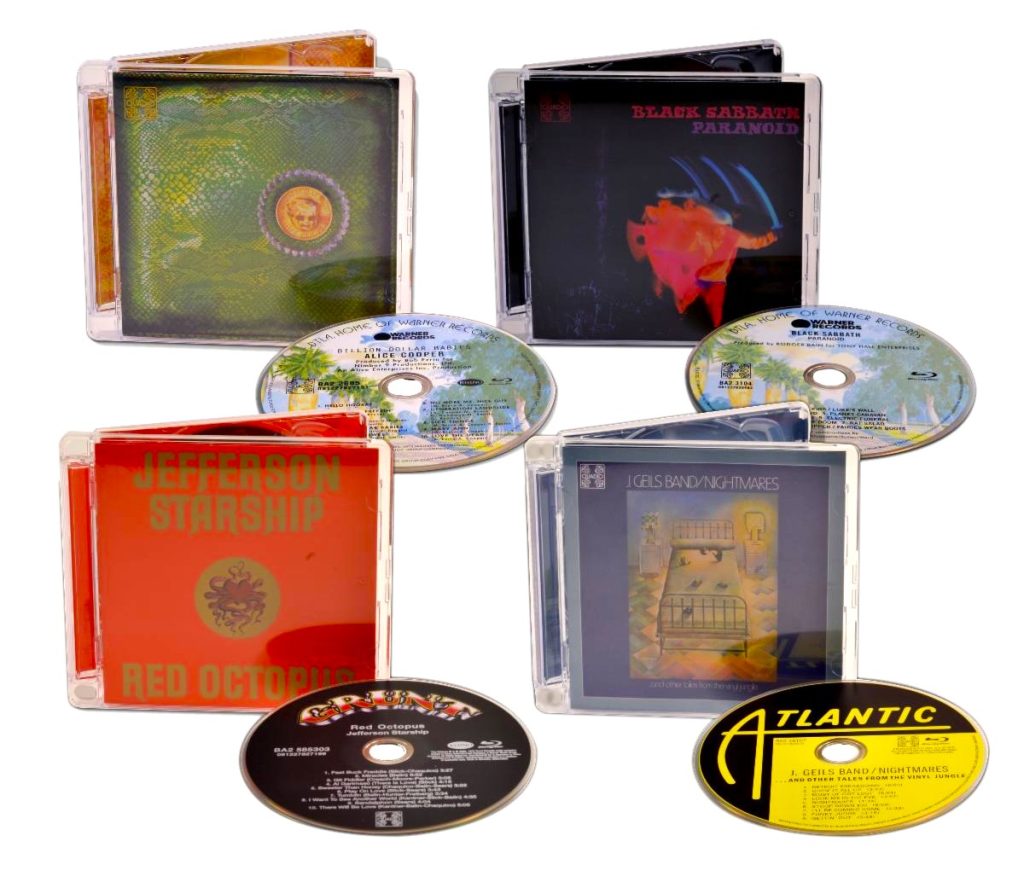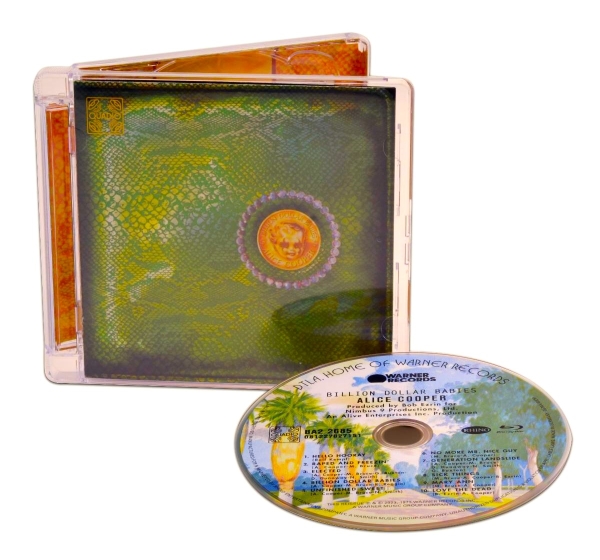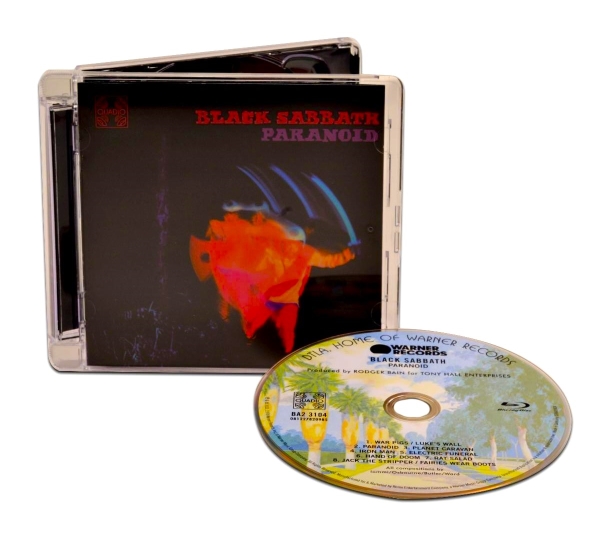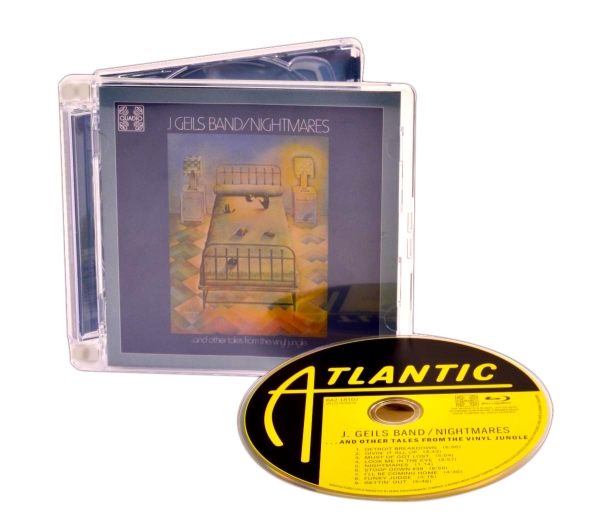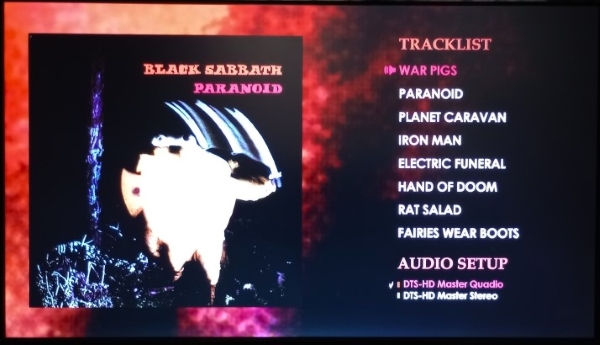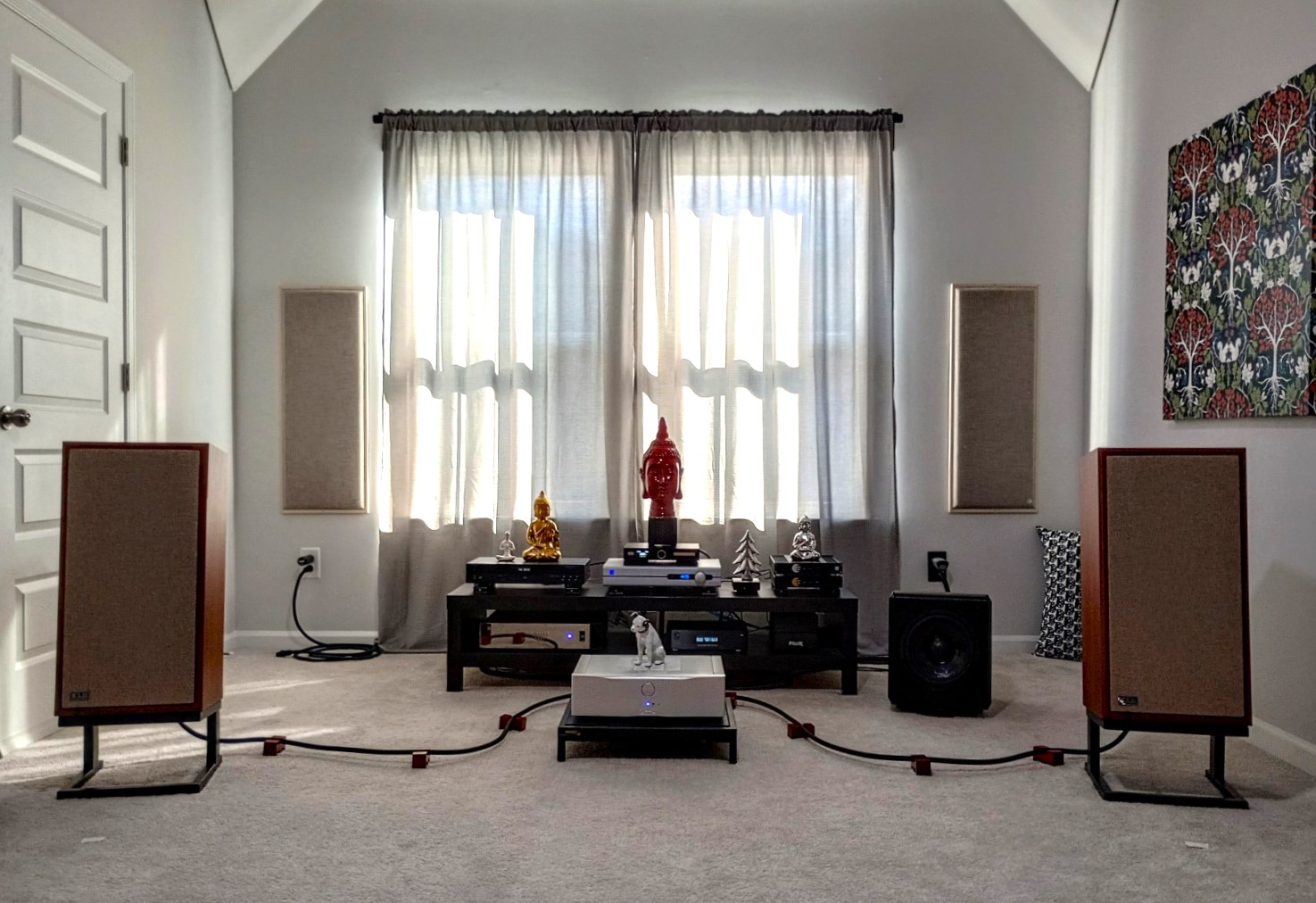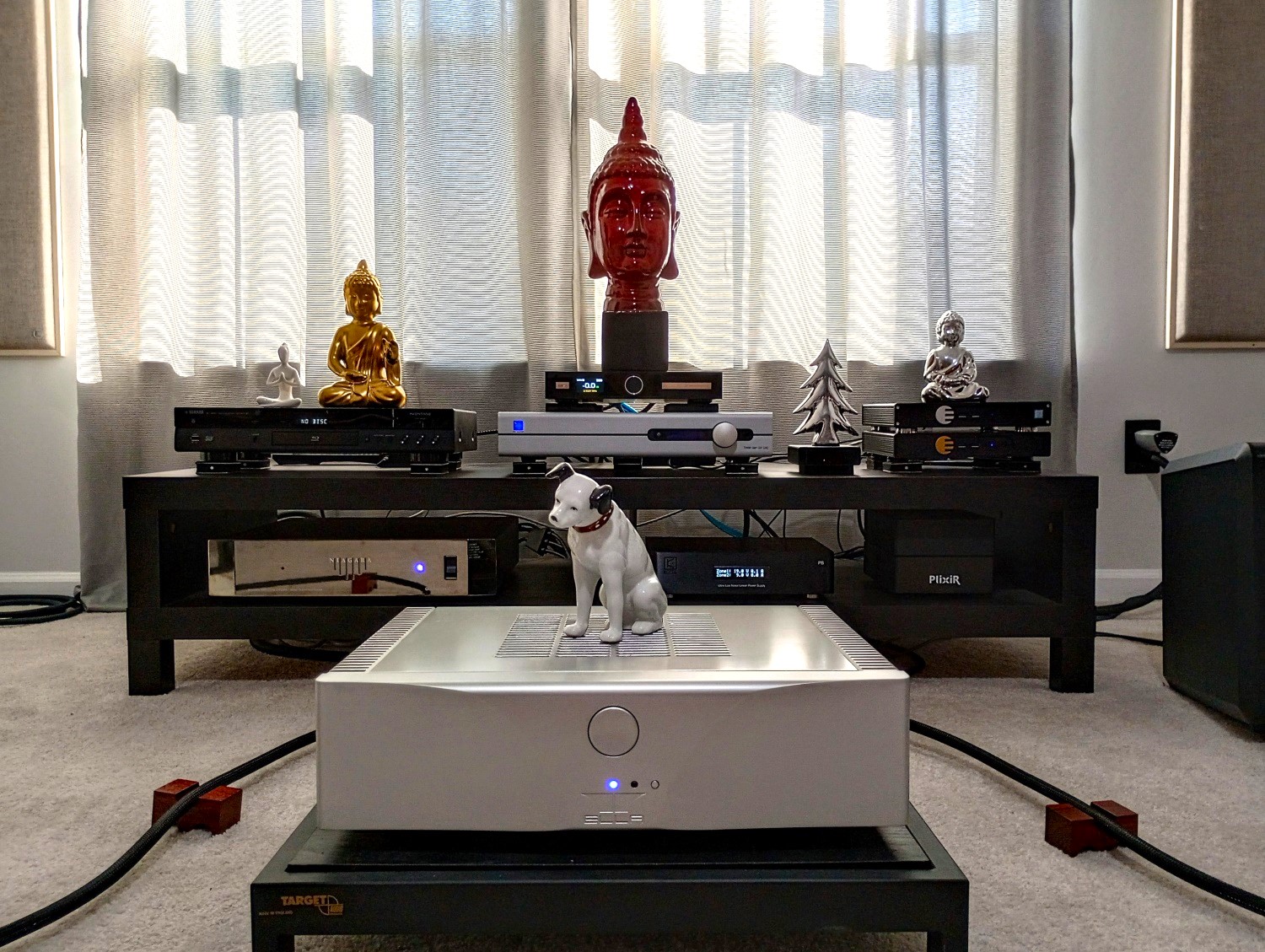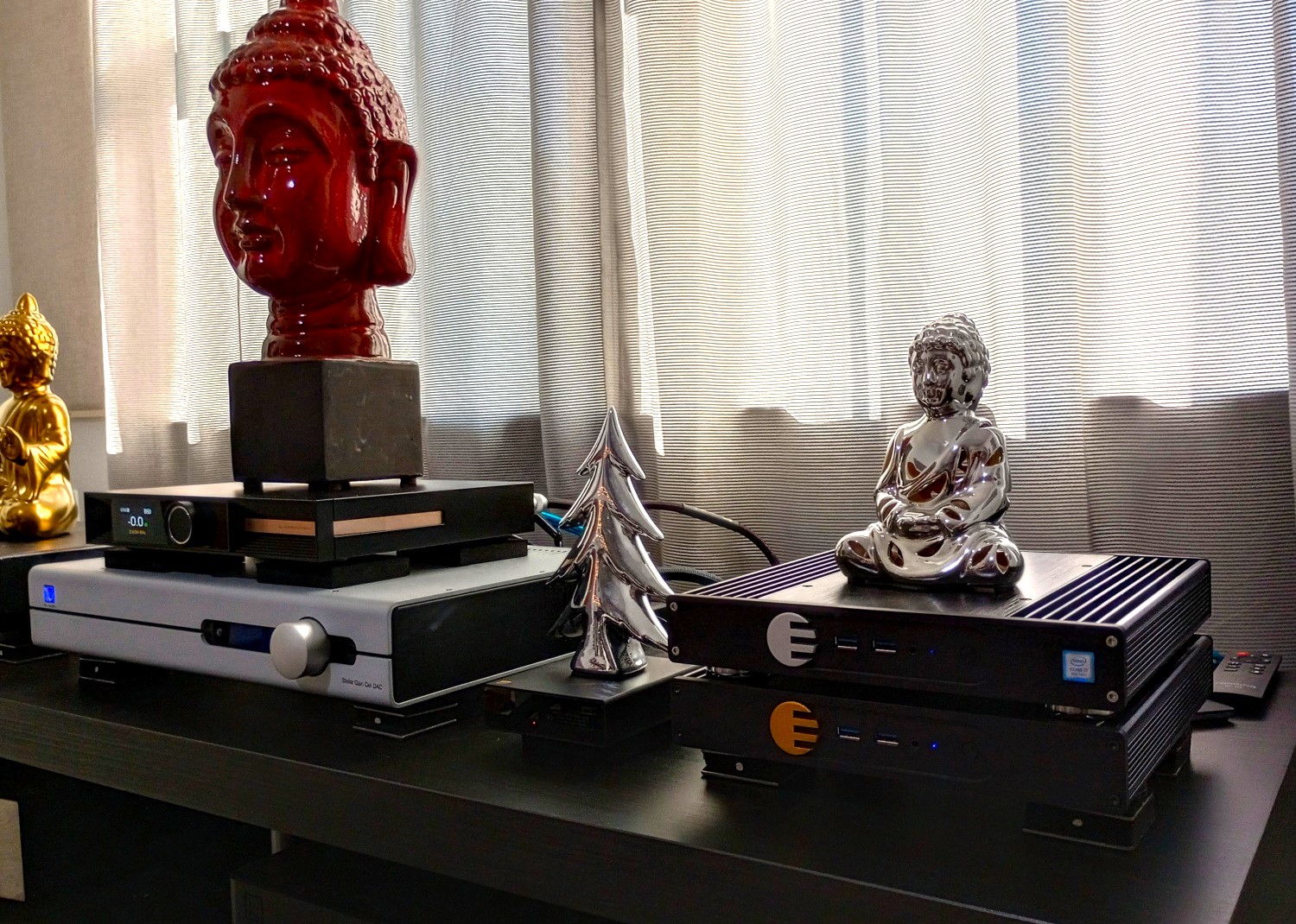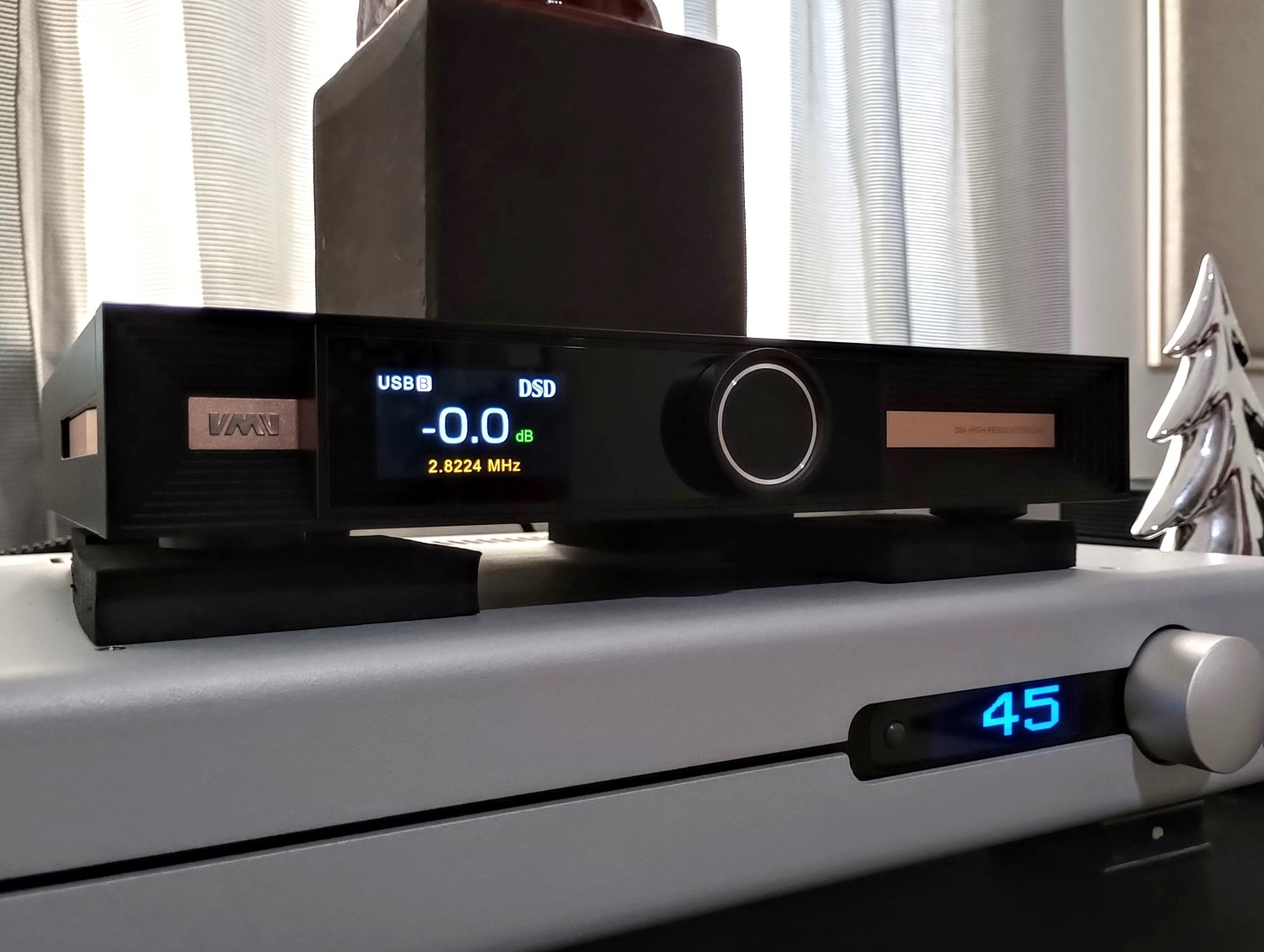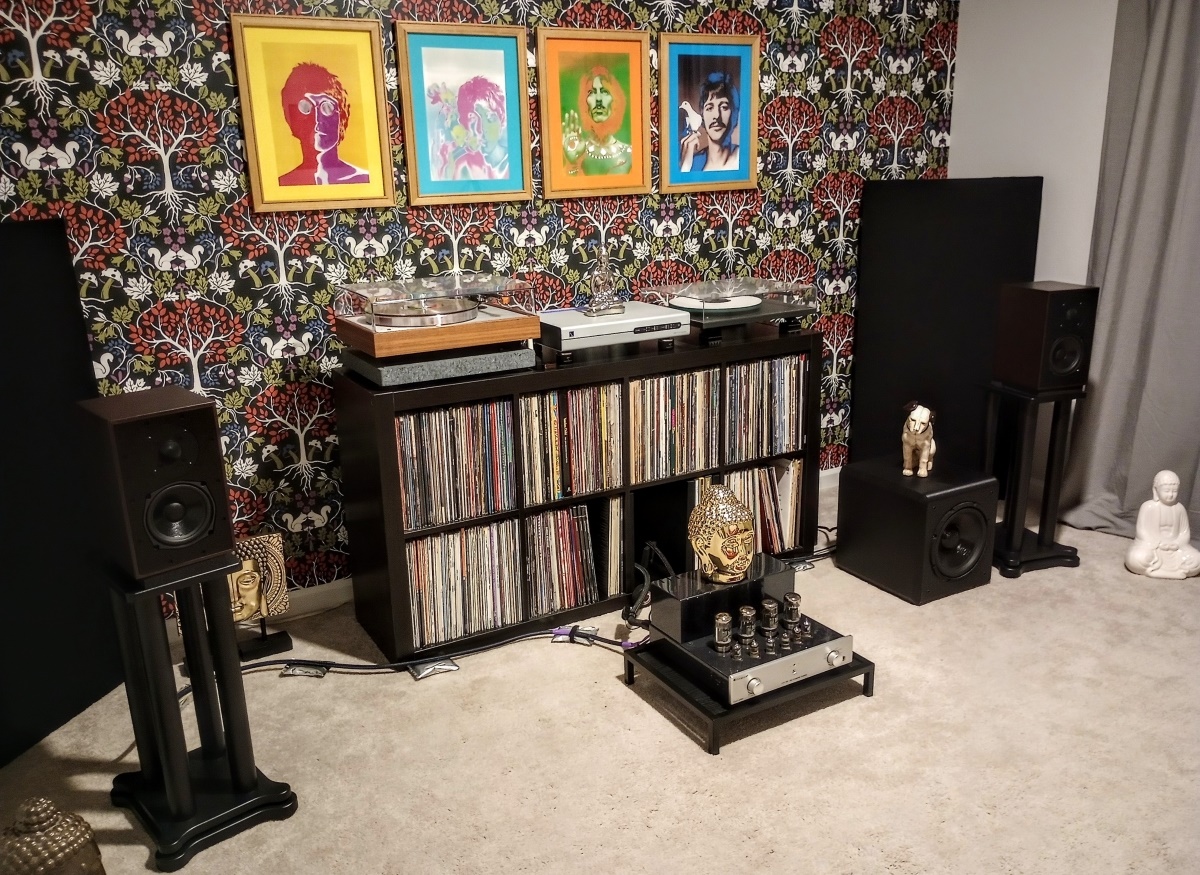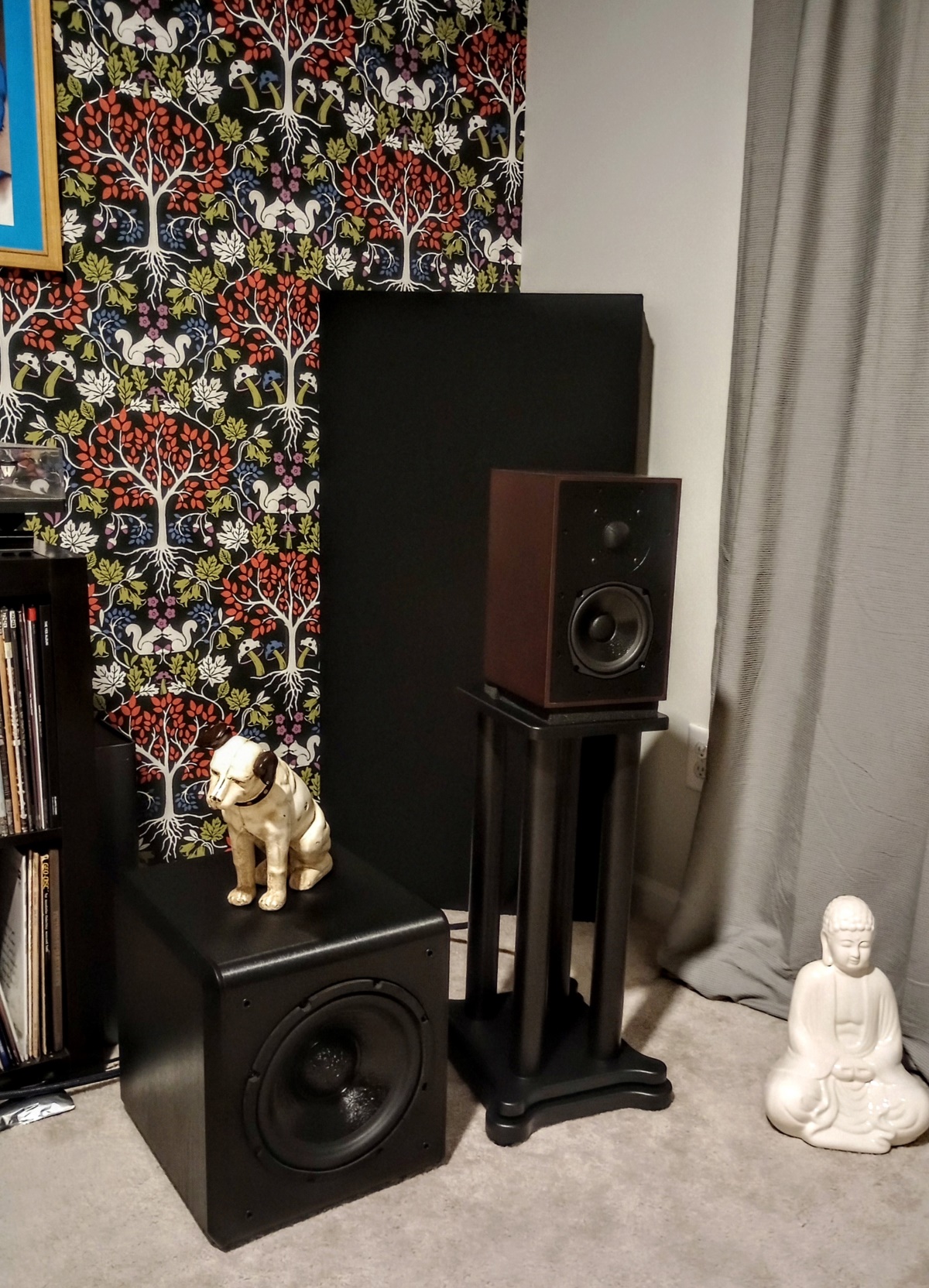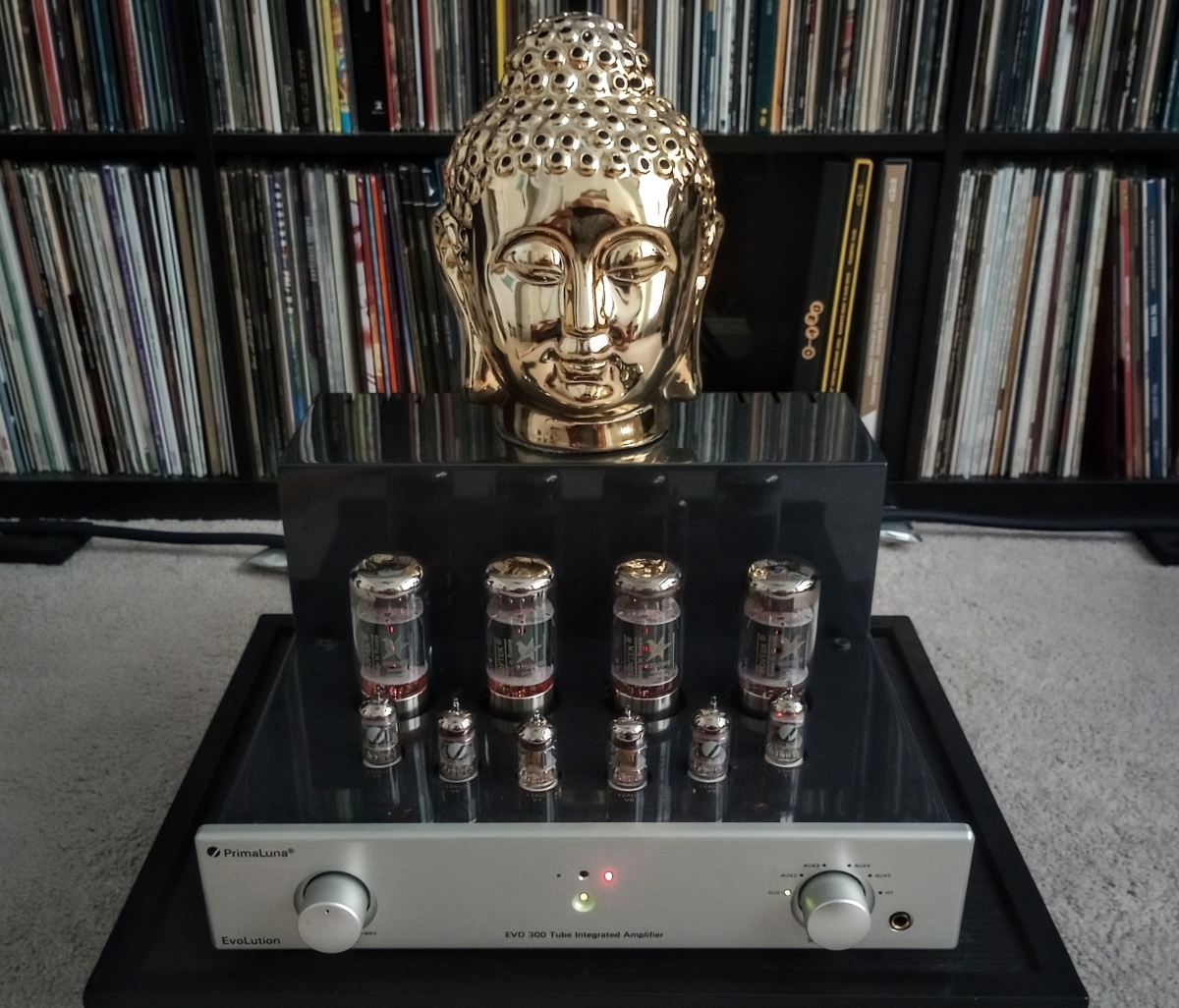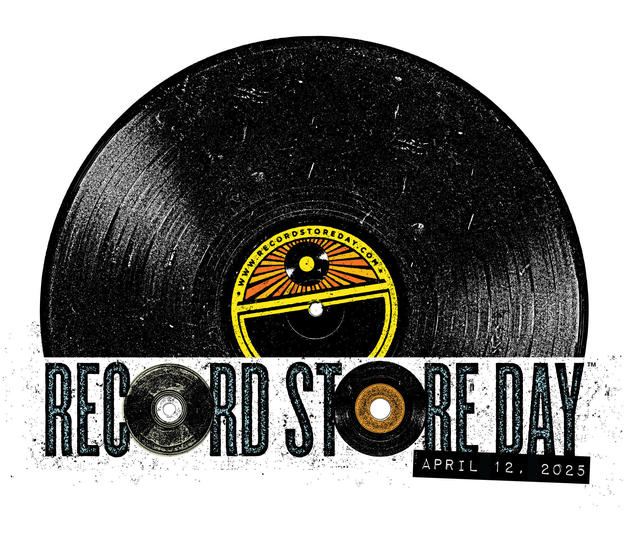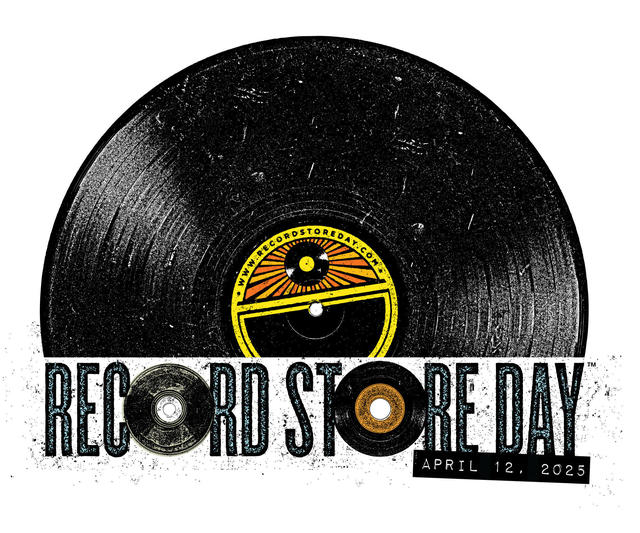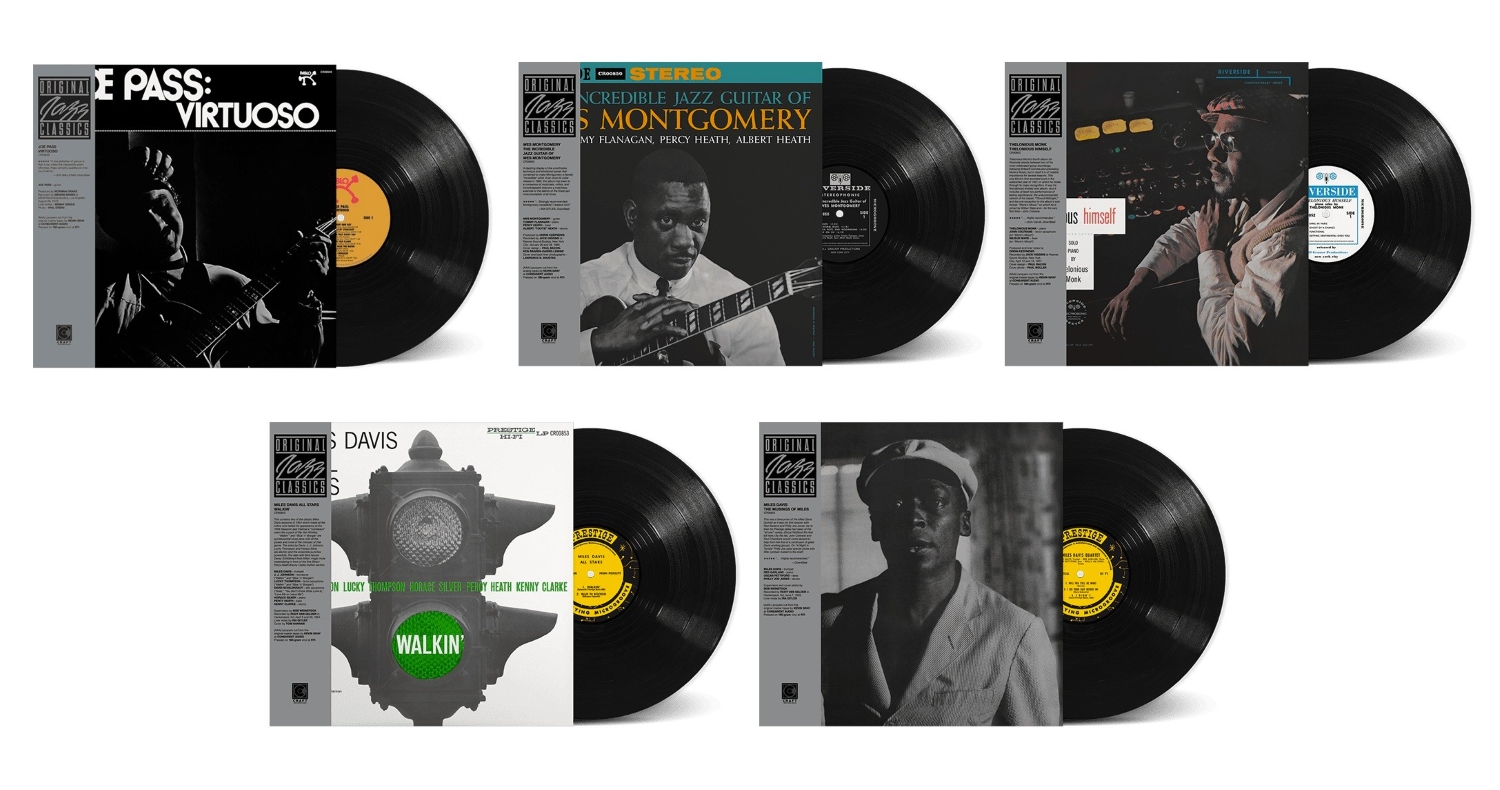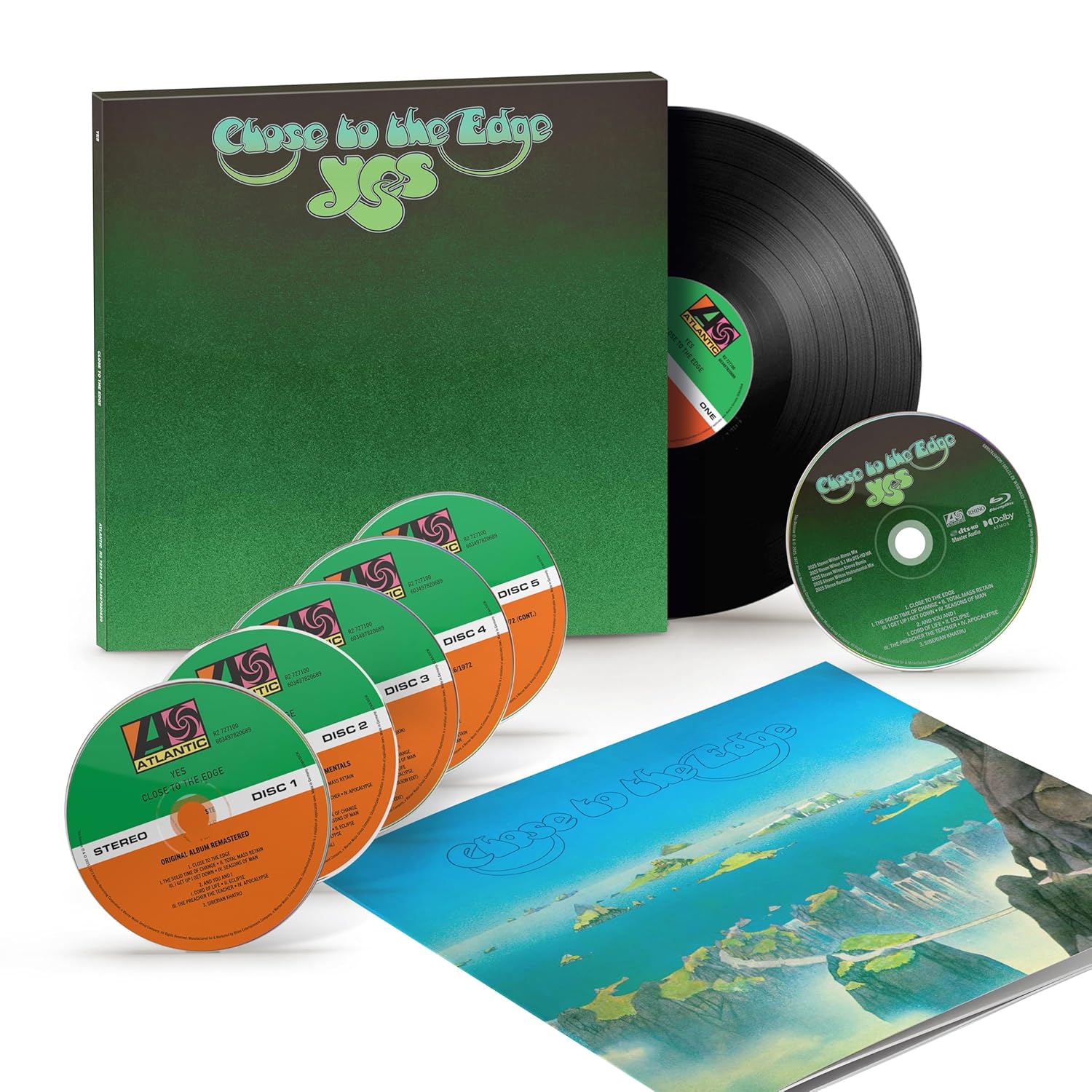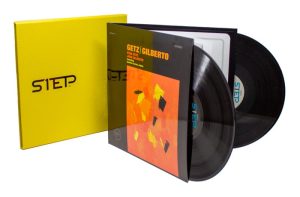I came of age in the mid-seventies, when owning a quadraphonic sound system was being marketed as the ne plus ultra of the HiFi audio experience. I'll never forget the first time I walked into a HiFi dealer who happened to have a quad system set up and running that actually worked; hearing the immersive sound emanating from the four floorstanding loudspeakers that surrounded me was beyond revelatory. And almost every record store you walked into had quad LPs alongside the standard catalog versions—I was convinced that this would soon become the way of things in HiFi. I was completely smitten, and even though I was a broke, first-year college student at the time, I made getting a quadraphonic audio system a primary priority in my life.
That ended up being more problematic than my cash-strapped, hopefully optimistic imagination foresaw as being possible. I already had a serviceable stereo setup, with a decent turntable—at least by broke college student standards—so the first step for me was to get a phono cartridge for my turntable that was quadraphonic capable. That part was easy; I ran down to the local stereo shop and picked up a Grado cartridge for about $20 that would decode quad. Cool! Now all that was necessary was to upgrade to a receiver or amp that had a quad decoder built in and also had the necessary complement of amplification to handle the task. Oh, and using 1970's logic, I'd also need rear speakers that matched the capabilities of the front speakers. That's the point where the math involved in the cost of a quad system versus my relatively meager means caught up with me, and I soon came to realize that my quad HiFi dreams were exactly that—they were just dreams.
Around that time, I started reading stereo magazines like Audio and Stereo Review, and they regaled readers like me with articles about quad system mismatch and decoding problems. I also came to realize that there were multiple quad technologies that were competing at the time like EV (Stereo 4), Dynaquad, SQ (Stereo Quadraphonic), QS (Quadraphonic Sound), and CD-4 (Quadradisc). Browsing through record racks you'd often see LPs that featured all the competing technologies; that made for an exceptionally convoluted decision process—especially with regard to which one system was probably the best. And apparently, setup of your turntable and cartridge were of paramount importance—proper alignment was key to perfect quadraphonic playback. In an era where affordability was of first and foremost importance, that level of adjustability with mid-fi turntables didn't exist. And in one of the first large-scale audio format introductions that very quickly went the way of the dinosaur, by the late-seventies, quadraphonic sound—along with its myriad of problems for the consumer—more or less disappeared.
Fast forward to the early 2000s, when 5.1 surround sound had become a thing, initially starting with multichannel sound for video sources like DVDs. Suddenly, countless (and often affordable) 5.1 channel receivers could be had everywhere. And by that point, the thought process was that the surround channel loudspeakers didn't necessarily need to be of the same proportions as the main channel speakers, since they mostly were needed to reproduce elements of the sound that enhanced your sense of immersion. Very quickly, high resolution multichannel audio sources like SACD and DVD-Audio appeared for many classic album titles, and it really seemed as though multichannel audio might actually become a reality for those of us who longed for it way back in the day!
Of course, the SACD and DVD-A formats battled each other in a death fight that literally killed both formats, and the relatively tepid consumer response to either didn't help the situation. Both formats still exist, and despite the scarcity of dedicated players for either, niche labels are still producing new reissues. And although many new releases at first appeared in stereo-only album versions, there's a fairly rabid core of high-end audio enthusiasts that still support multichannel surround sound. In a surprising twist, some of the niche marketers of SACDs and DVD-A discs started including multichannel mixes of classic albums that were being remixed and remastered in limited quantities.
The introduction of Blu-ray video technology introduced a new generation of affordable playback equipment that supports most formats like SACD and DVD-A, along with most multichannel surround codecs. Blu-ray also eventually spilled over to audio-only releases, and its massive storage capabilities made the inclusion of surround sound mixes de rigueur. And while many audio Blu-rays have been remixed to 5.1 (or even Dolby Atmos), many have also chosen to include the original quadraphonic mixes that artists and record companies put so much effort into back in the seventies. And the consumer response to those niche market releases has been off-the-charts good, with many online posters raving about the sound quality of the quadraphonic mixes! If only we could get some kind of concerted effort from any of the major labels to get a steady stream of classic albums that were mixed into quad back in the day…
New Rhino Quadio High Resolution Quadraphonic Blu-ray Releases
I belong to a couple of Facebook groups that are centric to multichannel music discs and playback equipment. But my involvement obviously came a bit late, and I missed the announcements and any of the surrounding hoopla (pun intended) for the Rhino Quadio Blu-ray releases for the bands Chicago and The Doobie Brothers. The Chicago: Quadio box came out in 2016, and featured the group's first nine albums on nine Blu-ray discs. The Doobie Brothers: Quadio box arrived in 2020, featuring four Blu-rays for the classic albums Toulouse Street, The Captain & Me, What Were Once Vices are Now Habits, and Stampede. The Rhino Blu-ray discs featured both the original album mixes and original quadraphonic mixes in high resolution 24-bit/192kHz lossless PCM audio, playable on any Blu-ray player that's connected to a surround-sound setup. Despite missing out on both sets, I found The Doobie Brothers: Quadio box at a reasonable price online and have already ordered a copy. The Chicago set; well, we're still working on that one!
But when James Rainis of Shore Fire Media contacted me to gauge my interest in reviewing the next set of releases in the series, I very quickly got up to speed with all things Quadio and definitely let him know that I was all in! Unlike the Chicago and Doobie Brothers box sets, the new group of Quadio titles consists of seminal individual albums, including Alice Cooper's Billion Dollar Babies (1973), Black Sabbath's Paranoid (1970), J. Geils Band's Nightmares…and Other Tales from the Vinyl Jungle (1974), and Jefferson Starship's Red Octopus (1975). As with the first two sets, the new group of releases all take the original albums and quad mixes and offer them on single Blu-ray discs in high resolution 24-bit/192kHz lossless PCM audio. To say that my anticipation and level of excitement for the arrival of these discs has been intense is a complete understatement. I've been building a digital music server and library for about five years now, so the opportunity to get access to the high res PCM files is a true bonus. And finally getting to hear the near-perfection of the original quad mixes taken from the original half-inch tapes after almost 50 years—somebody pinch me now!
Upon arrival, I was actually stunned to find that each disc was supplied in a super jewel box, not at all unlike the original iteration of SACDs on their first release. The Blu-ray discs all feature the same artwork that appeared on the LP labels of the original releases, giving these discs a very authentic presentation. Rhino placed a lot of effort into elevating the appearance of the Quadio series to a premium level, but the actual proof is in the listening!
Alice Cooper, Billion Dollar Babies: Quadio. Blu-ray Audio, $24.98 MSRP
Billion Dollar Babies was Alice Cooper's sixth studio album, reaching No. 1 on both the US and UK Billboard charts, and was the band's biggest selling record at the time of its release. The album's success was fueled by four solid singles, "Elected," "Hello, Hooray," "Billion Dollar Babies," and "No More Mister Nice Guy." Despite being a huge commercial success, the album debuted to mixed reactions from the critics, who generally felt the album wasn't as thematically strong as earlier releases such as Killer or School's Out. At the time when DVD-Audio discs arrived on the scene, Billion Dollar Babies was one of the first to be released by Warner in the new format, who chose at that point to remaster the surround content in 5.1 multichannel. This new Blu-ray disc marks the first time the original quad mix has been made available in any digital format.
Both the stereo high resolution tracks and the quad tracks were equally dynamic on the Quadio Blu-ray; most of the obvious differences came in how vocals and certain instruments were placed in the quad mix. For example, in the title track, "Billion Dollar Babies," the stereo master has Alice's vocal front and center. While the quad mix has Alice bouncing back and forth and around the channels! And on most of the other tracks, there were instances of guitars prominently featured in the rear channels, as well as Alice's vocals often moving more centrally placed in the room. And the quad mix features alternate vocals, lyrics, and fades compared to the original stereo version. Again, rather different from the norm, but nonetheless very enjoyable!
Black Sabbath, Paranoid: Quadio. Blu-ray Audio, $24.98 MSRP
Black Sabbath's Paranoid was the band's second studio album; no singles were released, but strong album-oriented-rock radio airplay of the tunes "Iron Man," "War Pigs," and the title track "Paranoid" pushed the album to impressive chart success. Paranoid reached No. 1 on the UK Billboard charts, and No. 12 on the US charts, but has reached 4x Platinum level sales in the US since its release in 1970. In 2017, Rolling Stone ranked Paranoid No. 1 on their list of "100 Greatest Metal Albums of All Time." The album's original quad mix was released on a DTS encoded DVD music disc in 2009; otherwise, the new Quadio Blu-ray marks the first time Paranoid has been presented in high-resolution sound using the original quad mixes.
I found the Paranoid: Quadio tracks impressively dynamic, whether playing the quad or high res stereo versions. And you notice a difference in the quad mix right away on the first track, "War Pigs." At the track's conclusion on the stereo original, there's the hyper-speeded up finale that's almost the tune's trademark. That finale is noticeably missing from the quad mix, where the song just pounds to an ending that was probably its originally recorded conclusion; it's different, but still very effective! Tony Iommi's guitars tend to swirl around the room on many tracks, and most notably Bill Ward's drumming hammers the rear channels on "War Pigs." And Ozzie's vocals frequently float somewhere in the center of the mix, but often they move between all four speakers, as on "Hand of Doom." I really loved Paranoid's quad mix, but, unfortunately, it appears that it was the only Black Sabbath album that was originally mixed to quad—there won't be any more Quadio Sabbath titles.
Geils Band, Nightmares…and Other Tales from the Vinyl Jungle: Quadio. Blu-ray Audio, $24.98 MSRP
Boston's J. Geils Band developed a reputation throughout the late sixties and into the seventies for being a fun and funky live act that featured not only the band's superlative musicianship, but also the manic onstage antics of lead singer Peter Wolf. Nightmares…and Other Tales from the Vinyl Jungle was released in September, 1974 on Atlantic Records, and was the band's fifth studio album. The record received extensive album-oriented-rock radio airplay, and its impressive sales were fueled by the chart success of the record's lone single, "Must of Got Lost." The single reached No. 12 on the Billboard singles charts, which helped Nightmares… climbed to No. 26 on the US album charts. The Quadio Blu-ray represents the first-ever availability of the original high resolution stereo and quad mixes in any digital format.
I was a big fan of the J. Geils Band back in the day—I just about wore out my LP copy of their live album, Full House. But for whatever reason, I never picked up a copy of Nightmares…and Other Tales from the Vinyl Jungle; it's good to finally have it in my library! The Quadio disc offers a really immersive and dynamic listen, and there's really good separation of the instruments and Peter Wolf's always entertaining vocals. And hey, on the track "Funky Judge," none other than comedian Georgie Jessel shows up as the judge. Even if you're unfamiliar with much of the band's work apart from their eighties hit "Centerfold," this Quadio disc is an excellent introduction to J. Geils' eclectic mix of funk, rock, and R&B.
Jefferson Starship, Red Octopus: Quadio. Blu-ray Audio, $24.98 MSRP
Jefferson Starship emerged from the ashes of Jefferson Airplane with 1974's Dragon Fly, which featured a harder-edged rock sound that was fueled by Craig Chaquico's searing guitar work. Late in Dragon Fly's recording process, original Airplane member Marty Balin came onboard, contributing the pensive ballad "Caroline." The song didn't chart, but the album's constant airplay propelled it to No. 11 on the Billboard charts and moved the Starship into a more pop-oriented orbit. Setting the stage for the band's second studio album, 1975's Red Octopus, which shattered all expectations, reaching No. 1 on Billboard's album charts. The album's double platinum sales in the US were propelled by the lead single, Balin's "Miracles," which peaked at No. 3 on the Billboard singles charts; that laid the groundwork for the band's more poppish chart success in coming years. This Quadio Blu-ray release marks the debut of the original high resolution stereo and quad mixes in any digital format.
I found the quad and stereo tracks for Red Octopus: Quadio to be engaging and musically dynamic. The quad mix isn't as aggressive on this disc as on the others, but there's definitely some movement of the lead vocals into a more centered position in the room. All the Quadio releases were taken from the original half-inch masters, which were in surprisingly pristine condition; there's virtually no trace of tape hiss or any other anomalies present during playback of Red Octopus. It was an incredible treat to finally hear this album in high resolution stereo and an entertainingly immersive quad mix!
I'd Grab These Quadio Blu-rays While There's Still Time!
I do all my listening to music sources on my two main systems; you can click on my name in the header to see the associated equipment that I generally use in my reviews. And I have a home theater bypass setup that allows me to listen to the surround sources that I utilized for this review. That system features the main guts of my analog system with the KLH Model Five loudspeakers for the front channels, along with a pair of Klipsch RB3 Reference Compact Monitors for the rear channels. And I'm using the Yamaha BD-A1060 Blu-ray disc player as the playback source.
The on-screen menus for the J. Geils, Sabbath, and Starship discs made maneuvering between the quad and stereo tracks effortless.
As with most Blu-ray and DVD-A discs that include multiple high resolution stereo and surround mixes, it's an absolute necessity to have a monitor present to navigate the disc's contents, and I keep one handy for just such purposes. That said, I had no problems moving between the high-res stereo tracks and quad tracks for meaningful comparisons. But there were differences between the menus on the discs; the J. Geils, Sabbath, and Starship Blu-ray menus were all formatted similarly, and allowed the user to very easily flip between the high res stereo and quad tracks. And the transition was completely seamless, taking place at exactly the same point in the track you were currently in, whether stereo or quad. That was really nice for quick comparisons between the music content on each version! However, the Alice Cooper disc menu was completely different, with a separate menu column for quad and stereo tracks. It was no problem to quickly move between tracks, but at the point where you changed between formats, the track restarted at the beginning. No biggy, but it was nice with the other three discs to be able to really quickly A-B between the quad and stereo mixes on the same track, at the same point.
The on-screen menu for the Alice Cooper disc made switching between tracks a bit more difficult.
As I stated at the outset, the possibility of listening to quad releases excited me beyond all levels of reason almost five decades ago, and finally hearing them now does not disappoint! Yes, there are differences between the original stereo and the quad mixes, and some of them are quite pronounced. But if you approach the quad versions as unique identities, rather than harshly critiquing the obvious differences on certain tracks, I think you'll find them all really enjoyable, as I have! And the high resolution 24-bit/192kHz remasters of the original stereo tracks are superb, easily bettering any versions that currently reside in my digital library.
Many thanks to James Rainis, Annie Mickum, and Matt Hanks at Shore Fire Media for making this review possible. Was it worth the extended wait? Oh, you betcha—the Quadio Blu-rays are very highly recommended, and I can't wait to find out what treasures the next group of releases will hold!
Rhino Entertainment
All images provided by Rhino, Shore Fire Media, and the author.




